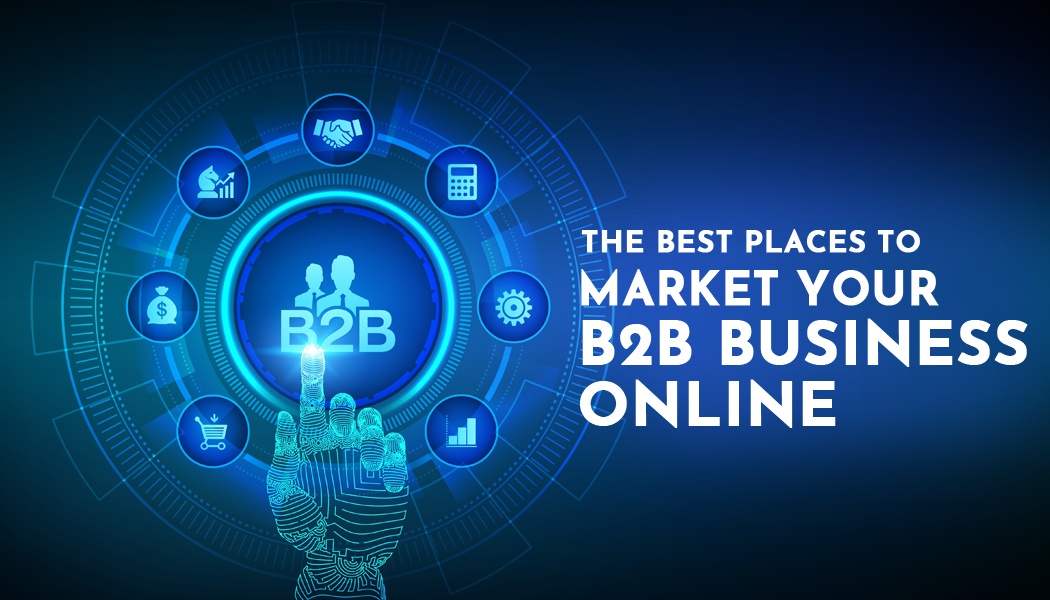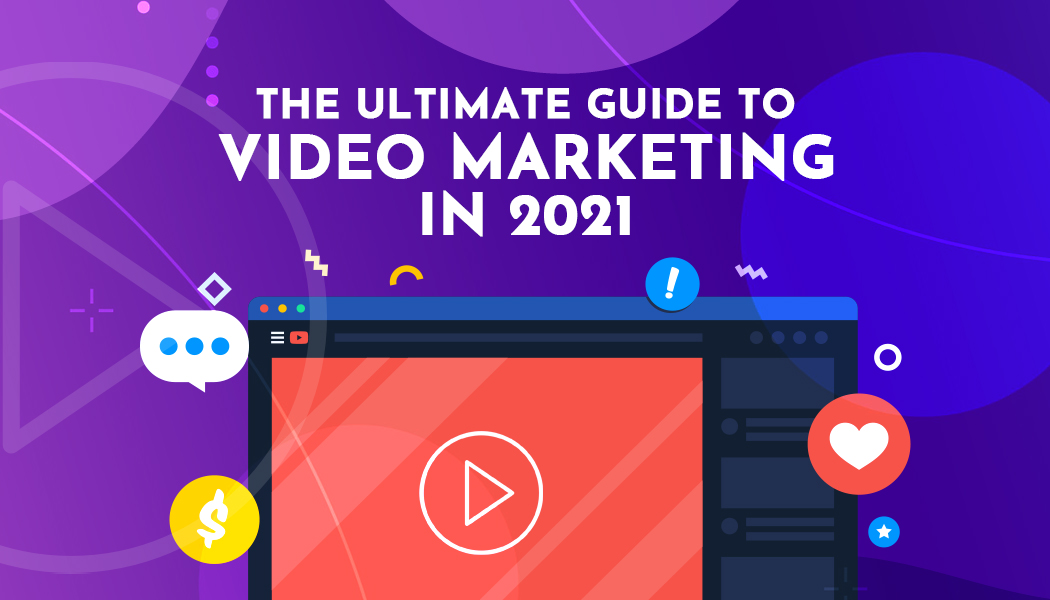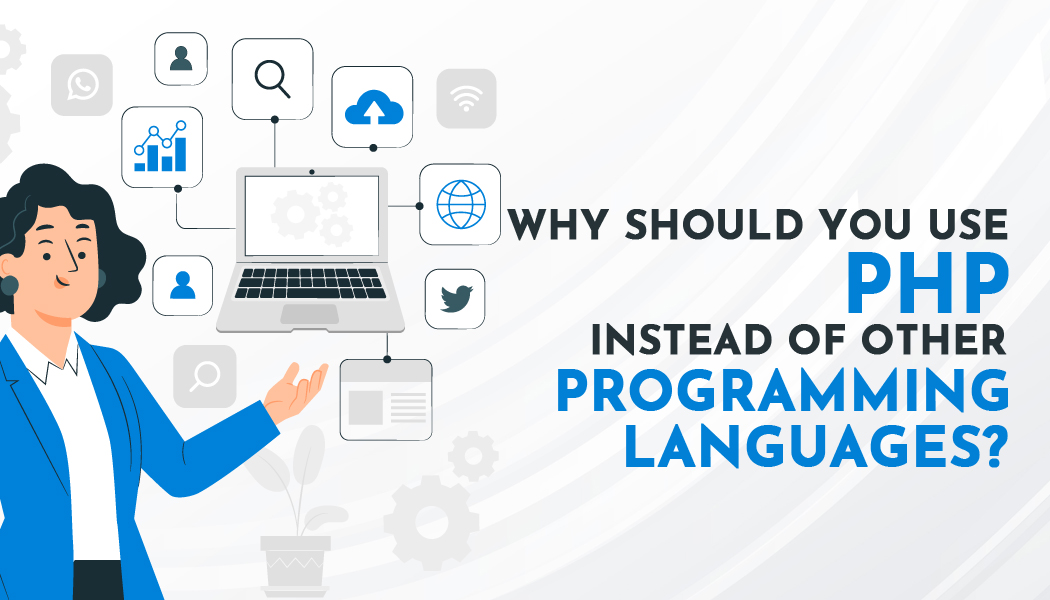The Best Places To Market Your B2B Business Online
In business, your target audience can either be individual consumers or businesses. Businesses whose target audience is consumers are known as B2C, meaning business to consumers. On the other hand, B2B (business to business) refers to those whose audience is other businesses. An example of a B2B is a medical equipment manufacturing company that sells its products to hospitals and medical research facilities. For B2C, it could be a body lotion-producing company that sells its products to the general public.
For both types of business, marketing is an essential component. It’s the only way you’ll get a market for your products and services. This article focuses on B2B businesses. With the adoption of digital marketing, on which digital platforms can you market your B2B? Read on to find out more about the best places to do your B2B industrial marketing.

1. LinkedIn
LinkedIn is a fairly new social networking platform. Since its launch in 2003, it’s gained popularity, especially in the professional scene. Creating a LinkedIn profile differs from other platforms. Your profile is geared toward a workplace, such that you include your academic qualifications, work experience, career, etc. This shows you the professionalism of the tool.
According to statistics, many leaders have adopted LinkedIn to create networks and relationships. As a B2B business, you can take advantage and join the network, where your brand will be visible to those that matter in your industry, the decision-makers.
This platform also enables you to focus your marketing on your target audience. As previously stated, LinkedIn users will create professional profiles. You can use such pieces of information to identify those that resonate with your products.
On identification, ask to connect to them—it’s the LinkedIn version of a friend request. Make use of LinkedIn automation tools to quicken the process. These tools will simultaneously request connections from several users. Once they accept your connection, your marketing content will land on their feeds as they use LinkedIn.
Furthermore, ensure your content is diverse, from blogs to videos to images. Your B2B business will gain visibility and attract potential clients in the process.
2. Google
Google is quite a famous online tool. A majority of the population uses Google to seek answers to their questions and needs through its search engine tool or maps. As a B2B business, consider adopting Google in your marketing plans. The aim is to gain visibility and pass on your message as its users use the tool. How?
Consider pay-per-click ads, wherein you’ll partner with a publisher with a high domain authority, which means the said publisher’s site is among the most sought-after authorities when it comes to industry information. Your B2B ads will be displayed on their blog posts, such that their guests will have the chance to see your brand and what you’re offering. The good thing about this method is that you’ll only pay the publisher once you see results, in this case, a click on the advert.
Alternatively, you can adopt search engine optimization (SEO.) First, you need to be proactive in content marketing, such as writing relevant posts for your website. Ensure you incorporate the right keywords that resonate with your industry and brand. Should a user do a Google search and includes a keyword that can be seen on your blog, your content will pop up among the top searches. It’ll increase users' chances of visiting your website and getting wind of your products and services.
3. Facebook
Facebook has billions of users from all over the globe. Imagine how big of an audience that would be for your B2B business! But, Facebook will only benefit your business if you choose the right content to post on your platform.
Most Facebook users scroll through their feeds looking for something interesting to read. Therefore, it’d help to utilize visual advertisements. Instead of writing several paragraphs about a message you want to pass, incorporate this message into a banner or image. Utilize animations and other characters to gain attention. By doing this, Facebook users will get to see all data from one image, increasing brand awareness.
One of the advantages of Facebook is that you can include your website URL as you post your advertisements. Therefore, below the image you post, you can add your URL. Any user needing more information on the data on your ad can just simply click the link and wait till they land on your page. This would increase traffic to your site.
Although Facebook isn’t as professional as LinkedIn, you, more or less, have control of your audience. Most businesses have Facebook accounts. You can easily identify the businesses your B2B aims to serve and immediately send friend requests. By being friends with your potential clients, they’ll get to see every single post you add to your page. Take advantage of this chance and ensure your content is topnotch and resonates with them.
Conclusion
Marketing a B2B business requires a more detailed approach to ensure you get to your audience, other businesses. This article has discussed the best platforms you can utilize and how to use them for your B2B marketing needs. Consider adding them to your marketing strategies, and you won’t go wrong with your efforts.




